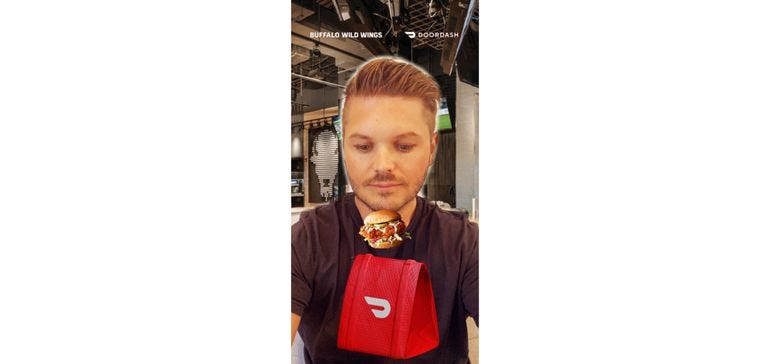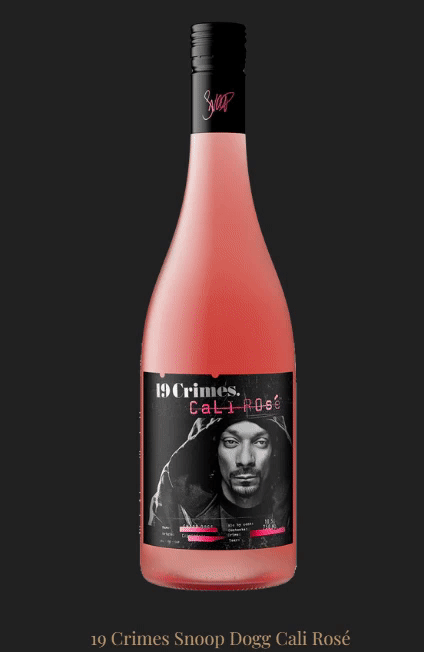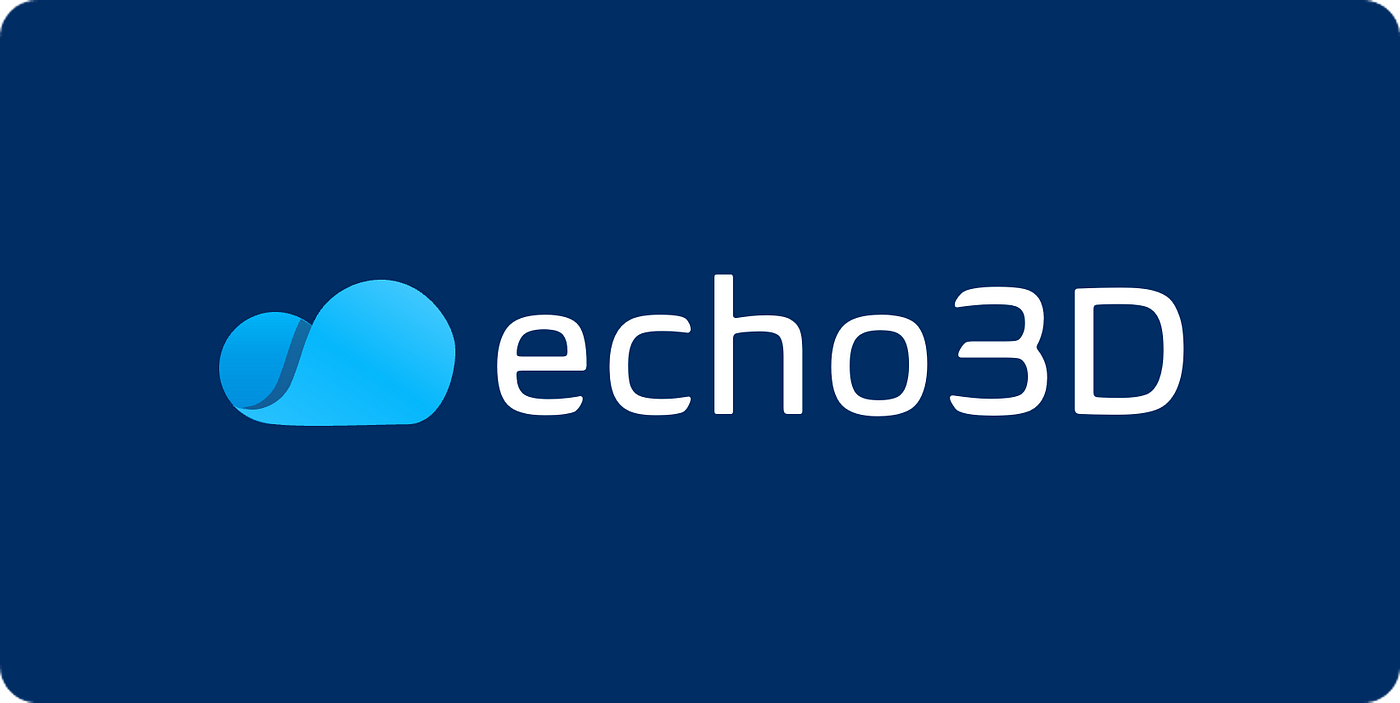The food industry has changed quite a bit to keep up with technology and 2020 changed our dining and shopping habits forever. Now it’s up to restaurants and food brands to figure out how to reengage disconnected customers after they’ve changed their relationships to eating out and buying food. Brands are also looking for creative ways to create shareable content online to spark conversations to stay top of mind digitally.
In the past, restaurants like Domino’s Pizza, Bareburger and Remy Martin have created AR experiences that went viral. Let’s take an updated look at what current augmented reality trends are now. AR is becoming so mainstream that companies like ExPoodle are offering turnkey services with AR menu cards, innovative dining experiences and AR marketing campaigns. Wouldn’t it be cool to see each dish from every angle to get an idea of portion size, ingredients, nutrition facts and preparation? The caveat however, according to ARPost, is this type of marketing is successful but only if the food looks real.

Augmented Menus
Most restaurants these days instruct diners to scan QR codes to view the menu. Without a physical menu, you are missing out on the experience of opening a menu and browsing in the physical world. However, they can offer so much more than just a plain menu in 3D. Some restaurants get creative with their QR codes and offer some truly engaging experiences.
Restaurant group Wahaca was one of the first restaurants to roll out an AR extended menu. Their physical menus had a QR code which triggered an AR experience. The AR hologram of Wahaca founder Thomasina Miers explains how to navigate the menu where customers can view the details like names, pictures, descriptions and sustainability practices. The app was built with WebAR technology so users don’t need to download an app, much like echo3D.
Social Media Experiences
AR filters have lovingly become a part of our pop culture, so naturally it makes sense for brands to use this feature for marketing. In 2020, there were 43.7 million social network AR users. That number is expected to grow 37% by the end of 2022. Brands that are forward-thinking are scooping up larger market shares because they are doing what other brands are not doing.
In 2016, Snapchat broke engagement and views records with their Cinco De Mayo AR filter of a taco. Just recently, Snapchat also collaborated with Door Dash for a series of sponsored AR lenses that lets Snap users immerse themselves in 3D version of restaurants like Buffalo Wild Wings, Cheesecake Factory, Baskin Robbin and more. There was a surge in mobile orders. Each lens has a different feature like taking a selfie of them super-imposed in a restaurant or shows off a virtual build of that same space. The savvy part is they have a button to download DoorDash within the AR experience.
 Credit: DoorDash
Credit: DoorDashPackaging Campaigns with AR
For wine lovers, 19 Crimes created AR stories that appear with each label scan. Each prisoner explains the 19 Crimes they were banished for in the late 1700s. This is one of the more timeless AR experiences because it is continuously updated and works flawlessly using WebAR. Modern day bottles feature icons like Martha Stewart and Snoop Dogg as talking heads.
 Credit: 19crimes.com
Credit: 19crimes.comA lot of food brands are concerned with users not getting the most from their products. Mazola wanted to inspire their customers with some creative recipes. They simply scan the product and get additional info about the usage that doesn’t fit on the label. They also created a 360 experience of a typical kitchen walking their customers through step-by-step instructions on preparing certain dishes with appetizing photos.
If you found this interesting, check these out:
- Build a 3D Aquarium Using WebGL
- How to Create 3D Content And See It In AR
- 5 Popular Marketing Strategies For Marketing In The Metaverse
echo3D(www.echo3D.co; Techstars ’19) is a cloud platform for 3D/AR/VR that provides tools and network infrastructure to help developers & companies quickly build and deploy 3D apps, games, and content.


